How and what paint the stairs pine? Perhaps the question will make the reader smile: is it worth puzzling over such a simple operation? However, practice shows that the service life and the quality of the appearance of the coating are directly proportional to the time spent on surface preparation and application. Let's try to do the job according to all the rules.
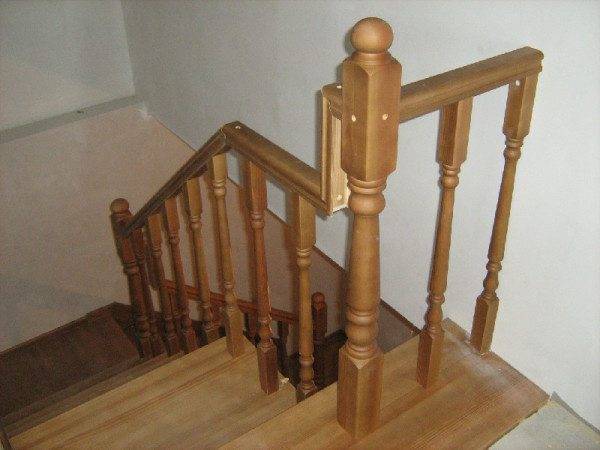
Problems
Does wood differ in any way from, say, metal in terms of applying paints and varnishes? Does pine stand out in any way against the background of other types of wood?
- Unlike metal, wood is hygroscopic. Its surface absorbs paints and solvents as well as water.
- Moisture or applied paint layer means raised pile: the wood fibers change their orientation and the surface becomes rough.
- The texture of the wood itself is quite beautiful and can be used as a decorative element. Of course, in this case, the final coating must be transparent or translucent.
- Pine is distinguished by a large amount of resin that impregnates the material. Not all paint will stick to the tarred area; which is no less important - resin content is uneven. As a result, the coating itself can become uneven.
Let's clarify: resinousness is not only a property of pine. All conifers have it to one degree or another.
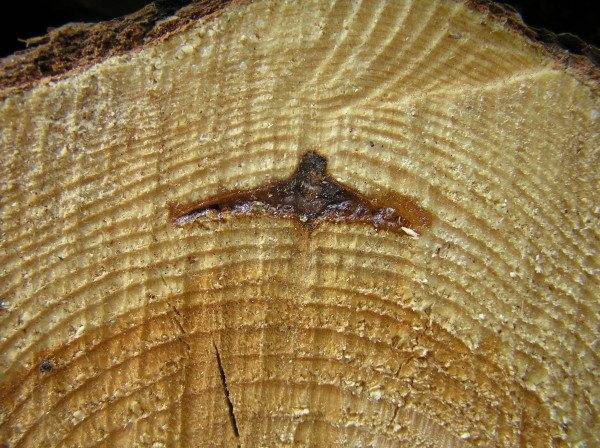
Basic moments
Let's discuss a few issues that inevitably arise when building a wooden staircase with your own hands.
Choice of coverage
Is a surface layer required? Than varnish or enamel is worse than various impregnations on oil and wax bases? Can't you just cover the steps, bowstrings, balusters and handrails with stain?
Stain is definitely not enough. Any coating must create a moisture barrier: fluctuations in atmospheric humidity, which are inevitable throughout the year, will quickly cause a relatively loose pine to crack and warp. Also, do not forget about decay and woodworms.
Impregnation is quite capable of protecting the tree from most of the unfavorable factors. However, one trap awaits us here: oil and wax will not protect the surface of the steps from mechanical wear. Walking the soaked stairs only barefoot or in soft slippers ... are you sure it's comfortable?
Conclusions? They seem to be obvious.
- For painting wooden stairs made of low-grade wood, the best choice is enamel... It will hide traces of putty on knots and cracks; more importantly, a dense surface layer will protect the surface from premature wear and minor mechanical damage. Finally, the enamel layer is easy to clean.
- If the surface of the pine staircase is free from significant defects, our choice is varnish... It will accentuate the beauty of the texture by enhancing its appearance. If the pine seems too light for you, you can either stain it before varnishing, or add color to the varnish itself.
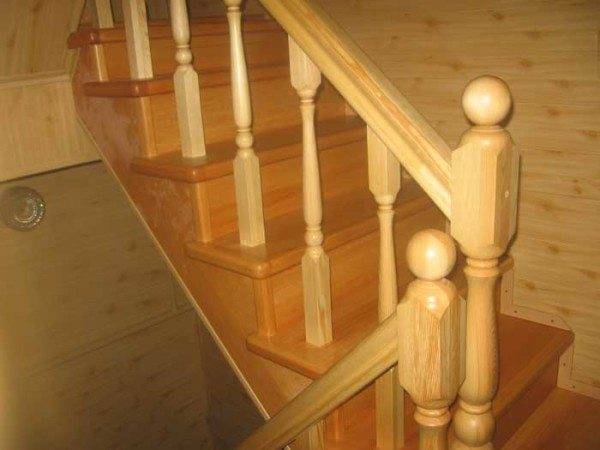
Chicken or egg
What should you do first - assemble the staircase or paint / varnish its parts?
This question is an eternal stumbling block in thematic forums. Strong arguments can be made in favor of both points of view.
In the author's humble opinion, the instruction depends on the method of connecting the parts of the stairs:
- If self-tapping screws, bolts, pins or pins are used as connecting elements, it is wiser to apply a final coat to the parts before assembly. In this case, those surfaces that, after assembling the ladder, will become inaccessible, will be reliably protected from adverse effects.
- In the case when glue joints are used, the finished staircase should be painted or varnished.Wood glue will hardly bond painted surfaces as reliably; in addition, any adhesive bond is the stronger, the thinner the adhesive layer between the parts.
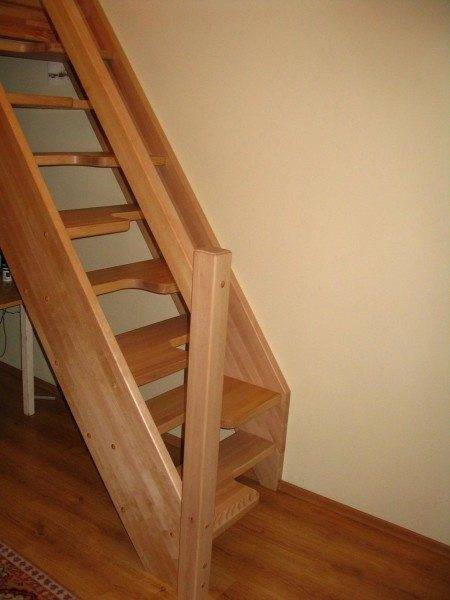
Choice of paint and varnish
How to paint a pine staircase? Or, if your choice is lacquer, how to lacquer it?
It is worth dividing the working surface of the steps and all other elements of the staircase: they have completely different operating modes. The steps are subject to severe wear and tear; in addition, pine, as we remember, is a species with a low wood density. Studs or stiff heels may well leave marks on it with a low strength of the protective layer.
On the other hand, handrails and accessories for stairs (bowstrings, balusters) and the back of the steps are practically not subjected to loads. Any coating will perform mostly decorative functions - of course, in addition to protection from decay and moisture.
Hence the choice of materials:
- For the working surface of the steps, alkyd-based floor enamels are used - domestic PF-266 and imported analogues. Brand preferences are deeply subjective, so we will not name specific names to avoid accusations of hidden advertising.
- The best varnish for a pine staircase (more precisely, for the surface of the steps) - polyurethane parquet... Its price is quite high; instead, it forms an extremely durable and wear-resistant surface.
Tip: it is better to prefer not glossy, but matte or semi-matt varnish. There are less visible signs of wear on it, which will inevitably appear in the center of the steps, even if after a long time.
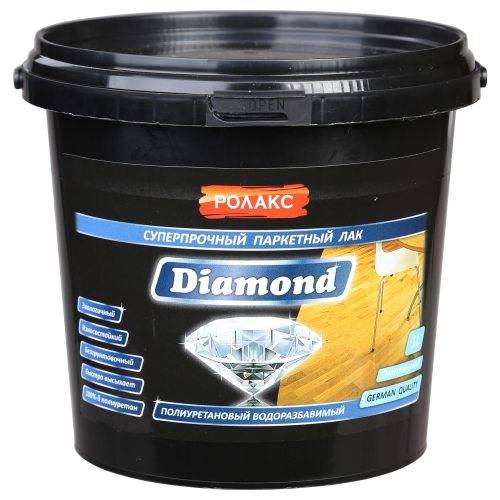
- For surfaces that are not exposed to intense mechanical stress, we can recommend again alkyd enamels PF-115 for outdoor use: They are weather resistant but not suitable for floor painting. With varnishes it is even easier: our requirements are fully satisfied with inexpensive nitrocellulose varnishes of the NTs series or alkyd PF-170.
Technology
So, how to cover the stairs made of pine - we have decided. You can get to work. Where to begin?
Resin
One of the typical pine problems has already been mentioned: resin. Resinousness of fibers and, most importantly, resin pockets. How to get rid of this misfortune?
Acetone or turpentine can help. Both solvents are excellent at removing resin traces and dissolving resin build-up in pockets. Use a regular rag for cleaning.
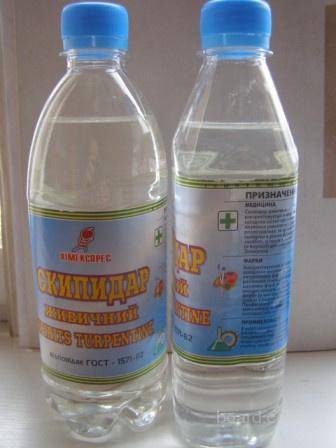
Putty
The best choice in our case is acrylic wood putty. Irregularities, cavities from knots and resin will have to be putty 2-3 times with intermediate grinding: the putty shrinks when it dries.
If painting is to be done, the color of the putty does not matter; but when varnishing it is better to select it to match the wood. An exception is the case when a dark tinted varnish becomes the final coating: white patches on a light background under its layer will not be conspicuous.
Grinding
On the planes, a grinder can be used, but the balusters, the surface of the steps between them and the handrails will have to be sanded by hand. For sanding, you will have to stock up on several types of sandpaper with different grit: trying to jump from 60 to 120 grit will only mean a waste of time. It is not worth treating the stairs with zero: save it for interlayer sanding of the paintwork.

Painting
Painting a pine staircase is done with a brush: do not spray alkyd enamel or viscous varnish with a spray gun, for a roller, the surface of the staircase is too complex. Painting is carried out in at least three layers; polyurethane varnish can be applied on steps and in 6-7 layers: it performs not only decorative functions, but also provides reliable protection against mechanical damage.
After applying the first layer and completely drying it (regardless of whether it is about enamel or varnish), the entire surface is sanded with a zero polish. Enamel or varnish will inevitably raise the pile, but leaving the surface rough is not in our interests. Ideally, all layers are sanded except for the final one.
Please note: before you paint and varnish, you will have a general cleaning of the room. Dust can disfigure any coating.
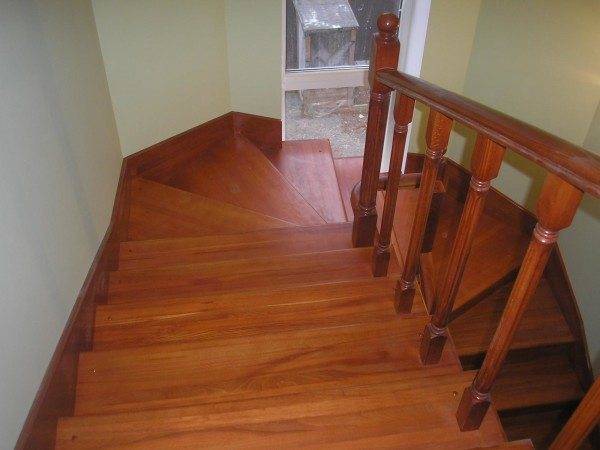
Good luck in construction!



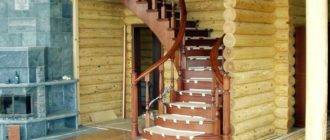
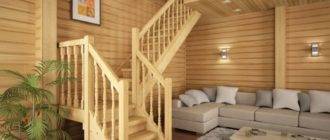
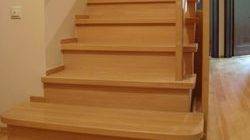

You're right, varnish is the perfect finish. The beauty of the tree cannot be hidden! One problem is that the varnish is not durable. Can be applied in several layers as you advise, but it will wear off over time. I've got the whole staircase already in small scratches and worn in places. I do not want to repaint, advise what to do in such a situation.